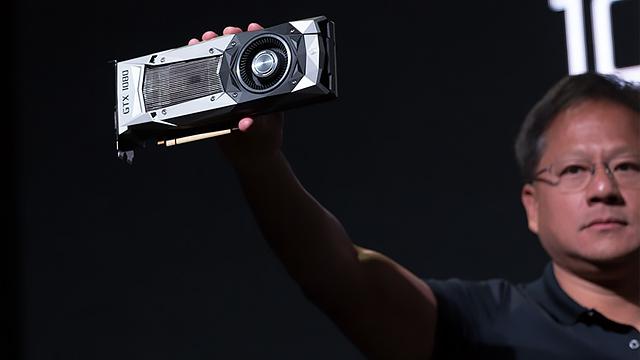On May 27th, I stayed up past dawn and constantly refreshed multiple online marketplaces in order to grab the highly anticipated GeForce GTX 1080 Founder's Edition Graphics Card. This was the moment I’d been preparing myself for the entire week. Initially, I wanted to place an order with Amazon and grab the EVGA branded 1080, but they didn’t stock them until…

Atlas is an action-rpg with rogue-like elements where you use your ability to control the ground to fight the enemies and move through procedurally generated worlds.










